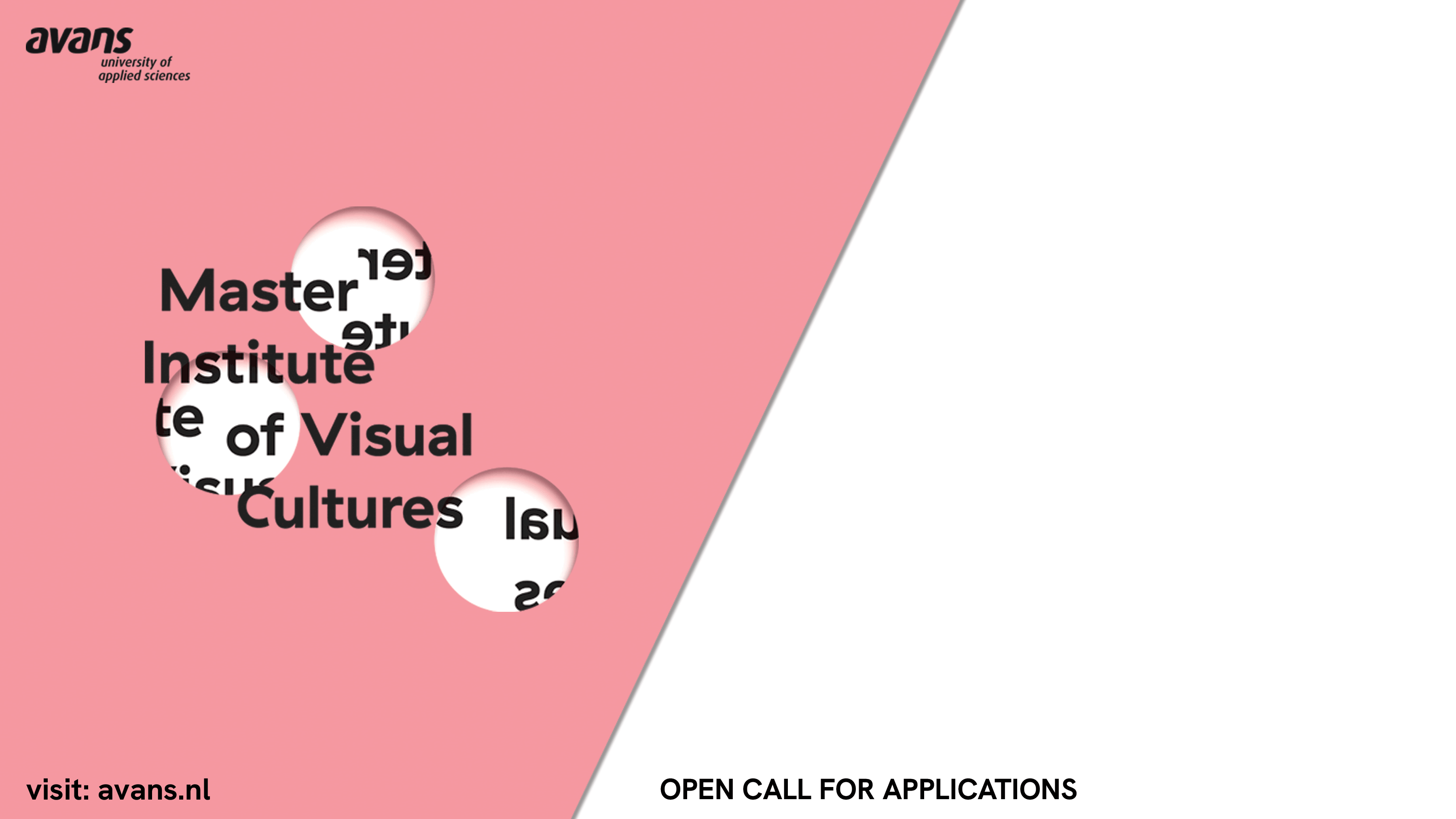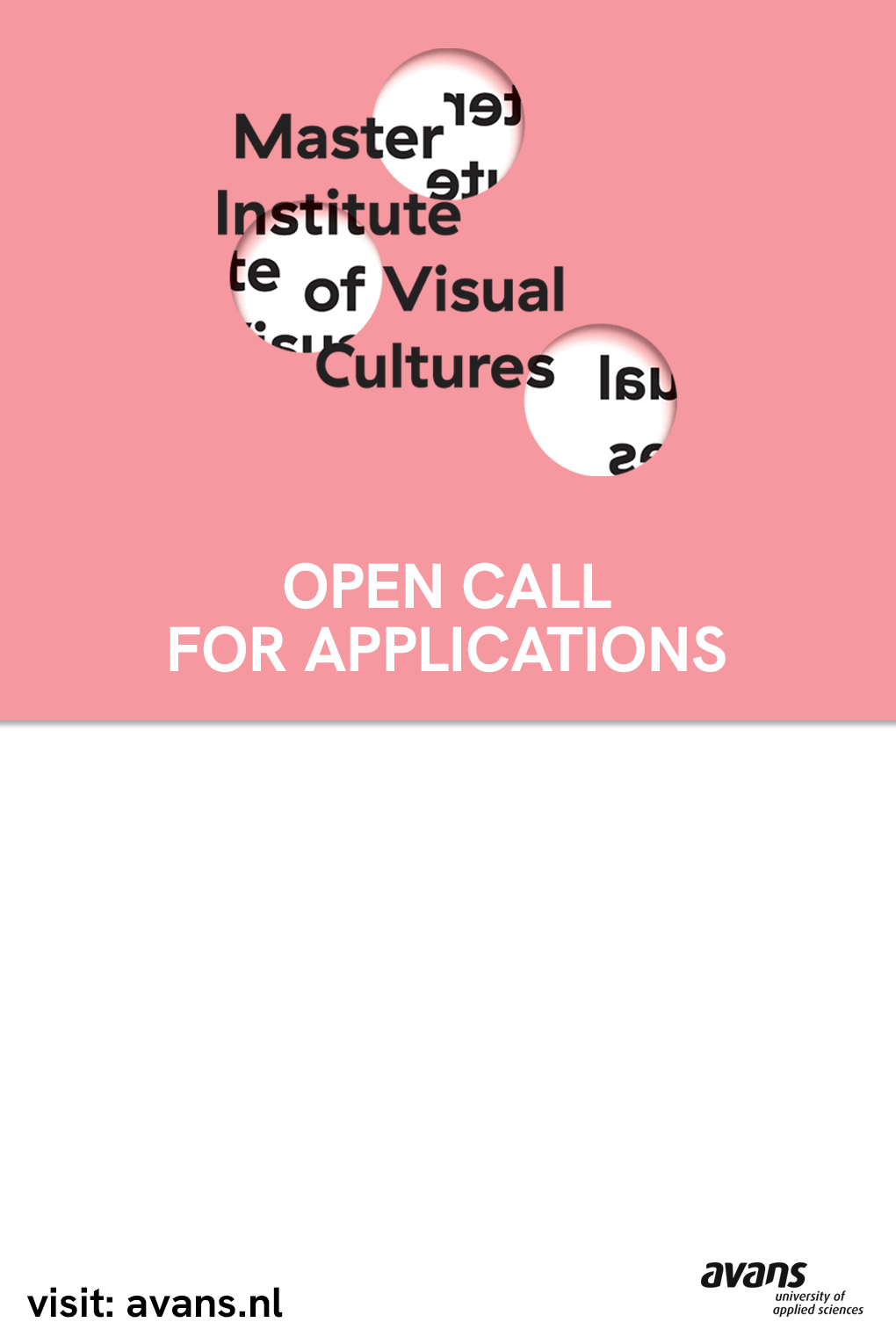New Photography 2006
Jonathan Monk, Barbara Probst, Jules Spinatsch
September 21, 2006-January 8, 2007
The Museum of Modern Art presents New Photography 2006: Jonathan Monk, Barbara Probst, Jules Spinatsch, the latest installment of its annual fall showcase of significant recent work in contemporary photography. The exhibition is organized by Roxana Marcoci, Associate Curator, Department of Photography, The Museum of Modern Art. Explains Ms. Marcoci, Todays photographic-based work holds a complex genealogy-it is rooted in established photographic traditions, and is also an outgrowth of the broader world of contemporary art. This years exhibition features three artists from Europe whose varied approaches tap into film, video, and digital technologies, attesting to the diversity of the medium.
The British artist Jonathan Monk offers a personal, humorous twist on the aesthetic strategies of 1960s Conceptual art. The exhibition features Monks new work, including the slide installation, I Do Not Know Where I Am, I Do Not Know Who I Am With (2004), which is shown for the first time in New York. For this piece, Monk asked his mother to review the contents of a box of slides his father had shot in the late 1950s and 1960s and point out all those she could not identify. In the installation the slides alternate between views of unidentified places and portraits of people Monks father met before marrying his mother. Found photographs are a source of inspiration in Monks work. This is evident in One in Fifty in One (fishing boats) (2005), a series of 50 prints that takes Ilford photographic paper as its material. The artist appropriated an image from the lid of the Ilford box, and asked a commercial lab in Berlin to print the image on all of the 50 sheets of paper contained in the box.
German artist Barbara Probsts photographic work consists of multiple images of a single scene, shot simultaneously via a radio-controlled system of several cameras. In Exposure #30: N.Y.C., 249 W 34 St. 11.20.04, 2:27 p.m. (2004) a woman is caught in candid poses at the same instant in what appears to be four different locales: in a park, beneath a skyscraper, looking into a giant eye, and standing on a floor that is covered with letters. It is the same woman in four different circumstances at the same moment, leaving one to guess how Probst managed to collapse space and time. In actuality, Probst shot the piece in her studio, and the backdrops are enlarged printouts of both her own photographs and popular film stills. The park is from Michelangelo Antonionis film Blow-Up (1966); the skyscraper is a snapshot that Probst took from the Empire State Building; the eye comes from Stanley Kubricks film 2001: A Space Odyssey (1968); and the letters on the floor spell out an excerpt from a poem by the postwar author Paul Célan. By experimenting with the point of view of the shot/counter-shot technique that film uses to tell a story, the artist offers new interpretations of the traditional idea that photography can freeze a moment in time.
The exhibition premieres in New York the work of Swiss artist Jules Spinatsch with a selection from his photographic project Temporary Discomfort (2001-2003). The pictures in this project document the security preparations surrounding several major international political events: the January 2001 and January 2003 World Economic Forums (WEF) in Davos; the July 2001 G8 summit in Genoa; the February 2002 WEF in New York; and the June 2003 G8 summit in Geneva and Evian. The main piece in Temporary Discomfort is an installation comprising a large panorama into which thousands of still images are compiled, along with three video pieces. The images show preparations for a high-security lockdown in the artists hometown of Davos during the January 2003 WEF, which are revealed as meticulously planned and tightly controlled. In the period leading up to the WEF, Spinatsch recorded with a remote-controlled camera 2,500 single images in the course of three hours, from 6:35 to 9:30 a.m. After the recording, he assembled the resulting shots in a gridded, high-resolution panorama that shows random moments captured frame by frame, as well as the transition from dawn to early morning.
The New Photography series is made possible by JGS, Inc.



